Measure E planning omits Art Building retrofit
Seismic concern sparks discussion over absence
March 16, 2016
The budget limitations with the bond Measure E allocations has left some buildings at Contra Costa College that are considered “questionable” by a seismic risk and mitigation report by Thornton Tomasetti, in 2012, completely out of the project plan.
The Art Building was built in 1971 according to the district’s 2016-17 Building Summary Report and will not be part of this round of bond money unlike the $29.5 million seismic retrofit to the Gymnasium, Gym Annex and the Men’s and Women’s Locker rooms, Contra Costa Community College District Facilities Planner Ray Pyle said.
Pyle said because of the special art equipment it houses and the lack of swing space to accommodate students and faculty is non existent on campus — so the Art Building has been untouched in terms of structural renovations even though it rests on traces of the active Hayward Fault and its foundation “has some issues.”
At an Academic Senate meeting on Oct. 19, 2015, fine and media arts professor Bonnie Holt explained that she originally heard that the Biology Building was going to be used as swing space for the art department during its seismic retrofit.
Holt said that she became concerned when she heard that the Biology Building was scheduled to be demolished after the $56 million Allied Science and Health Center is completed.
Pyle said it should take about five to six years for the project to be completed.
“The Art Building was supposed to be condemned some time ago due to a cut and fill job when they first built it,” she said. “The foundation is slipping and in some places the building is cracked in half.
“Nothing about this was brought up to the art department during the planning stages.”
Measure E, which nearly passed in June 2014, provided the district with $450 million to be spent on infrastructure costs such as restoring or demolishing old buildings and heating and cooling equipment.
Out of CCC’s $84 million allocation from the bond measure, which was augmented to $95 million with funds from the 2006 Bond Measure A. Pyle said there is not enough funding to address the Art Building right now.
“I’m going to see if I can submit a seismic project to the State Chancellor’s Office for funding,” he said. “And if there is another state bond we can include it in that list. The prioritization of projects, however, is done by individual colleges through meetings with its leadership and shared governance groups.
“The Art Building is not forgotten.”
Fine and media arts professor Anthony Gordon said if the building’s structure were really a threat to student and faculty safety the district would demolish the building.
Even when showed a map of the campus compiled by Kleinfelder Inc. that detailed where buildings are in relation to active and inactive fault lines that splinter off the main Hayward Fault, he was not convinced.
“I see, but I mean this is California. We have to expect that buildings are going to be built on or near a fault,” Gordon said. “I mean look at the Physical Sciences Building. It has even more red lines and you don’t hear them complaining.”
According to the map, Kleinfelder’s seismic trenching in 2006 discovered three “potentially” active fault traces leading to the Art Building in between the Computer Technology Center and the creek.
In 1973, Harding-Lawson Associates dug seismic trenches on the opposite side of the building, but Pyle said it is not enough to deviate from the Master Plan that was updated by former college President Denise Noldon and college constituency groups.
At the Academic Senate meeting, Director of Business Services Mariles Magalong diffused the situation by telling Holt that the building was in line to be retrofitted in the Master Plan. There was not enough funding at the time and there was no assurance that Measure E would be passed by Contra Costa County voters.
“We wanted to be sure we could meet the seismic standards with the funds we had. So not knowing if more funds would be available or they would shrivel up, we decided to leave it off the table,” Magalong said.
Biology professor Katherine Krolikowski said, “The Biology Building was just retrofitted. So tearing it down now seems like a waste of money. But before things are finalized it is important that people voice their concerns before it’s too late.”
CCC’s Equity Plan Coordinator Mayra Padilla said that the current way in which the state allocates funding is not conducive to addressing special needs of colleges but rather trying to get the most return from the projects they choose to fund.
“Because we bring in lower FTE (Full-Time Equivalent) students, the district has to help subsidize some of the costs that we are unable to bring in with just enrollment numbers,” Padilla said. “We want to be mindful of the subsidies that come our way, but because the way its structured at the state we do not bring in as much as Los Medanos College or Diablo Valley College.
“From that perspective the district is helping us keep afloat.”
She said from the other side it seems as though CCC’s needs are being neglected and the allocation process should focus more on equity instead of FTE.
Pyle said that reversing the funding metric would not be equitable.
“What the allocation method represents in respect to facilities is that if you teach more students you need to have more funding to upkeep facilities. That’s the bottom line,” he said.


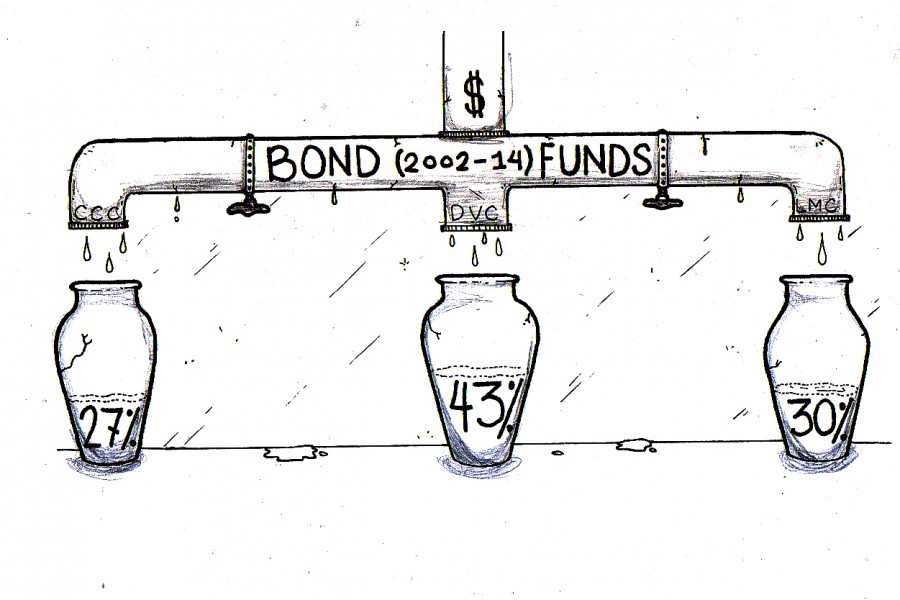


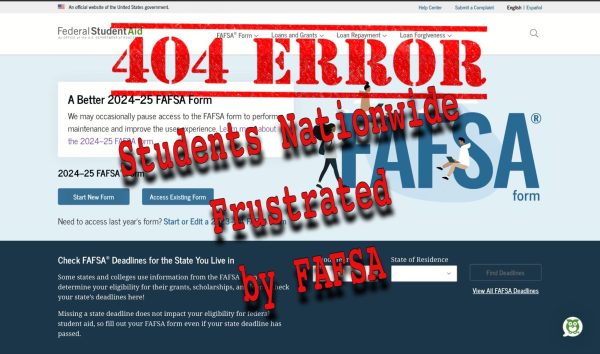

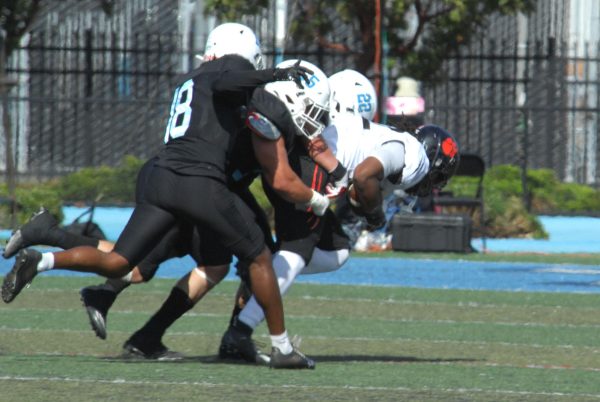
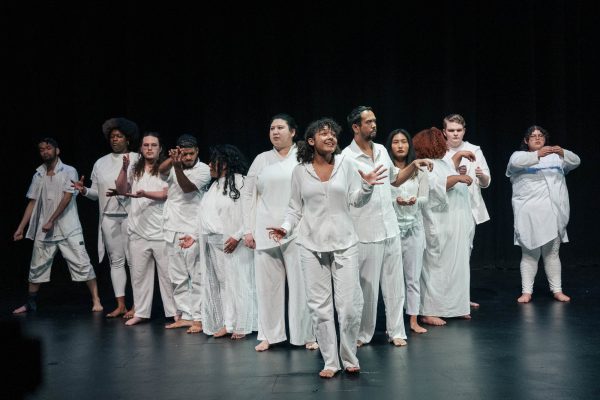
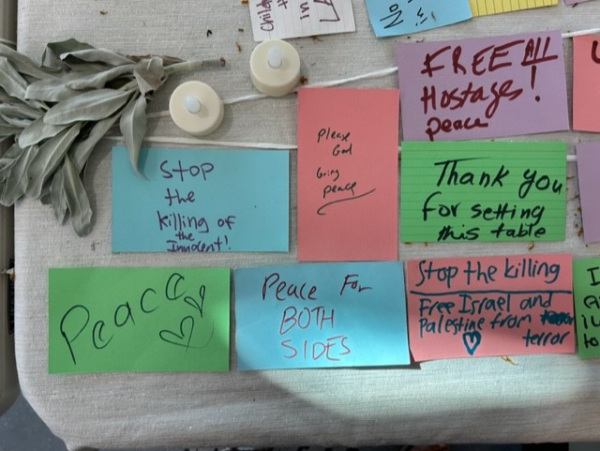
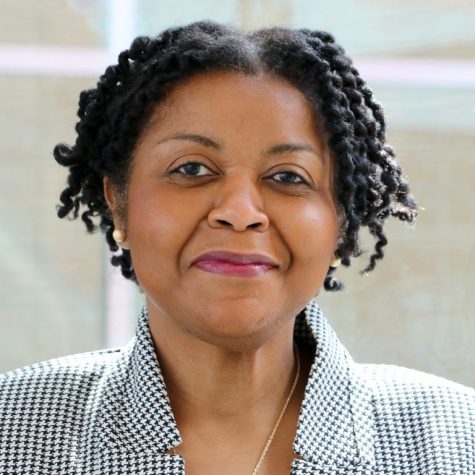

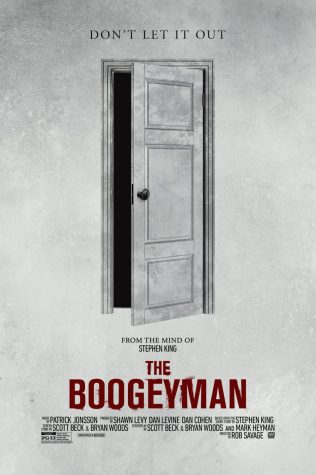

Smithd418 • Jan 21, 2017 at 11:41 am
obviously like your website however you need to check the spelling on several of your posts. Several of them are rife with spelling issues and I to find it very bothersome to tell the truth on the other hand I will definitely come again again. deadeefdkbfegace